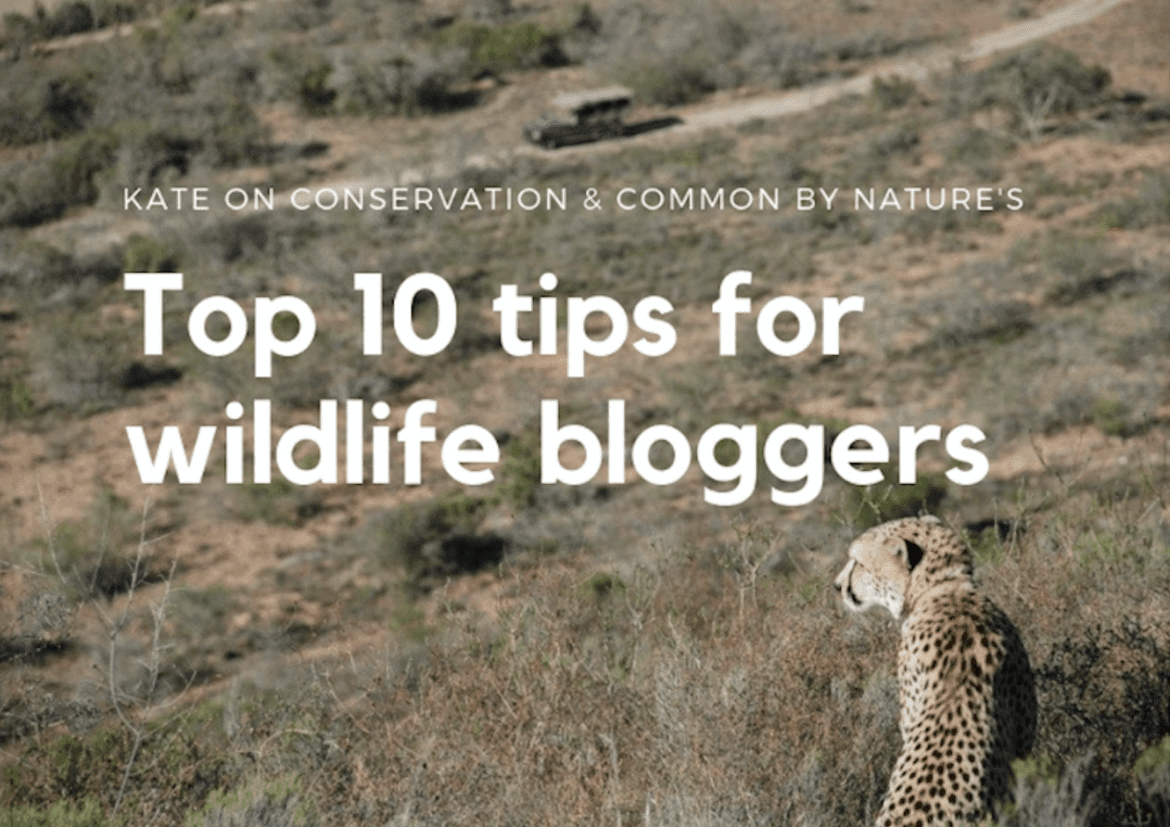Camouflage is a fascinating survival strategy used by many animals to avoid predators. Background matching, mimicry, countershading, disruptive coloration, masquerade, motion camouflage, self-decoration, disguise and deception, blending texture, and thermal camouflage are some of the different techniques animals employ to blend in with their surroundings. Whether it’s taking on the appearance of an inanimate object, mimicking the movement patterns of other objects, or using materials from the environment to enhance their camouflage, animals have developed unique and intricate ways to stay hidden from predators. By utilizing these various camouflage techniques, animals can increase their chances of survival in the wild.
1. Background Matching
Many animals use background matching as a form of camouflage, where their colors and patterns blend seamlessly with their surroundings. This technique makes it difficult for predators to spot them, as they appear to be a part of the environment.
2. Mimicry
Mimicry is a fascinating camouflage technique where an animal imitates another species or object in order to avoid detection. For example, the walking stick insect looks like a twig, making it nearly invisible to predators.
3. Countershading
Countershading is a form of camouflage where an animal’s body is darker on top and lighter on the bottom. This helps to break up the animal’s outline and make it blend in with its surroundings, whether it is in the water or on land.
4. Disruptive Coloration
Disruptive coloration is a camouflage technique where an animal has patterns or markings that disrupt its outline. This makes it harder for predators to distinguish the animal from its surroundings, as the patterns blend in with the environment.
5. Masquerade
Masquerade is a camouflage technique where an animal disguises itself as an inanimate object, such as a leaf or a rock. This makes it almost impossible for predators to detect the animal, as it looks like a harmless part of the environment.
6. Motion Camouflage
Motion camouflage is a form of camouflage where an animal blends in with its surroundings by mimicking the movement patterns of other objects in the environment. This makes it difficult for predators to track the animal’s movements, as it appears to be just another part of the scenery.
7. Self-decoration
Some animals use self-decoration as a form of camouflage, where they gather materials from their environment to enhance their camouflage. For example, the decorator crab attaches pieces of seaweed and shells to its body to blend in with the ocean floor.
8. Disguise and Deception
Disguise and deception are camouflage techniques where an animal tricks predators into thinking it is something else. For example, the owl butterfly has eye-like markings on its wings to deter predators, making them think they are facing a much larger threat.
9. Blending Texture
Blending texture is a camouflage technique where an animal’s skin or fur matches the texture of its surroundings. This helps the animal blend in seamlessly with its environment, making it nearly invisible to predators.
10. Thermal Camouflage
Some animals use thermal camouflage to blend in with their surroundings based on temperature differences. By regulating their body temperature to match their environment, these animals can avoid being detected by predators that rely on thermal imaging to locate prey.
